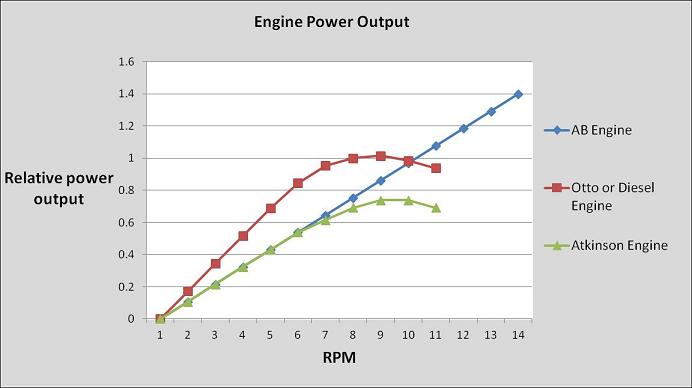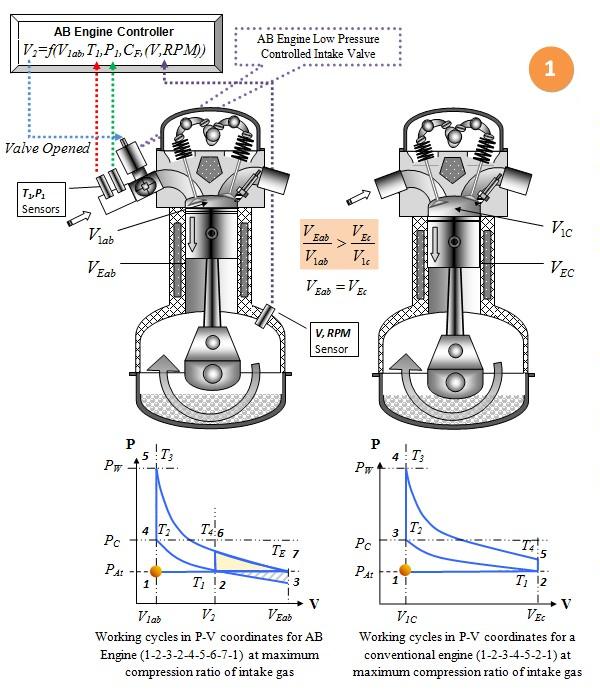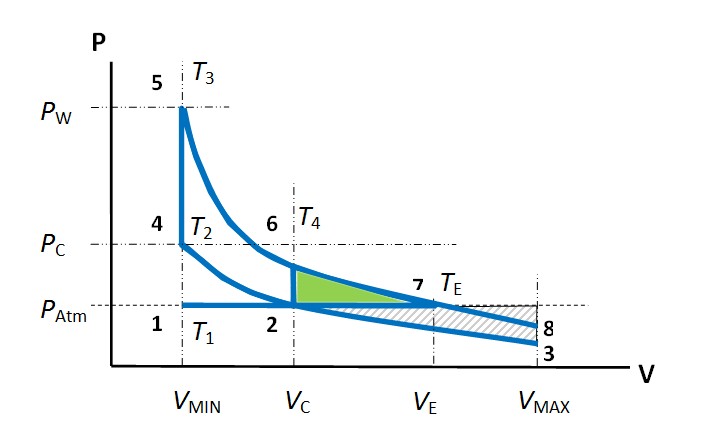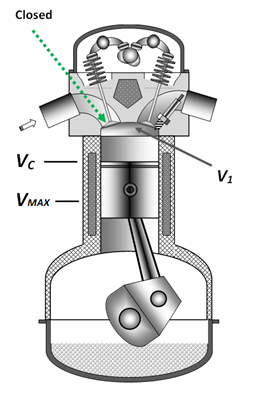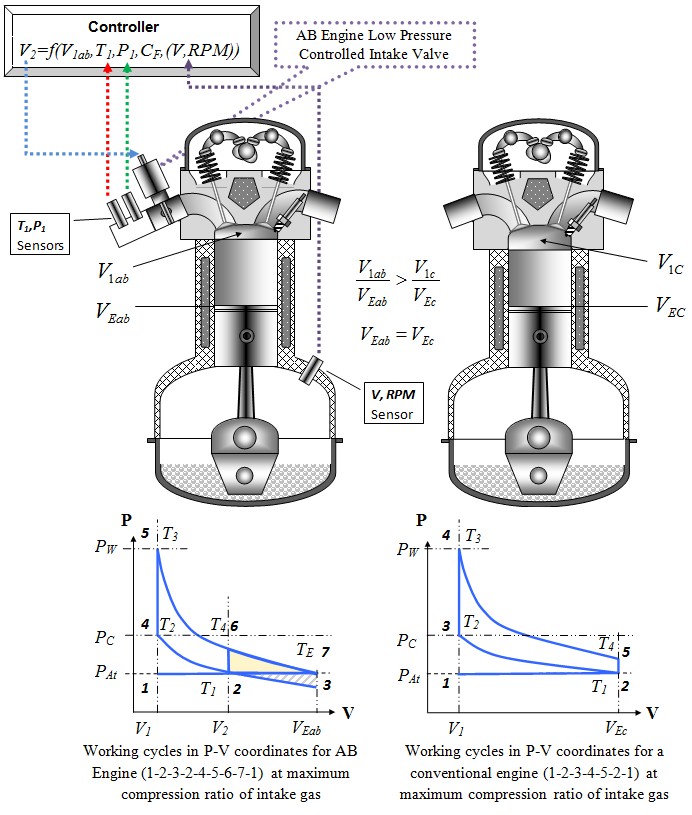Frequently Asked Questions
Question 1. Recently we celebrated 100 years of the Otto Internal Combustion Engine Patent. Dozens of huge companies have put enormous funds into what seems like all possible aspects of engine theory, design and practice. What did they miss? What was so hidden from them that made our engine so superior to today’s conventional solutions?
Question 2.It looks like the AB Engine, compared to a conventional engine with the same engine volume burns less fuel for each working cycle. Does this make the AB Engine have a smaller power output? (It was a question from a traditional engine design specialist).
Question 3.What is the actual fuel efficiency of your engine? How much are the fuel savings?
Question 4.Can your technology be applied for Diesel engines and also benefit their fuel efficiency?
Question 5.There are many alternative fuel developments. How is your technology benefiting there? Is your technology necessary in this case?
|
